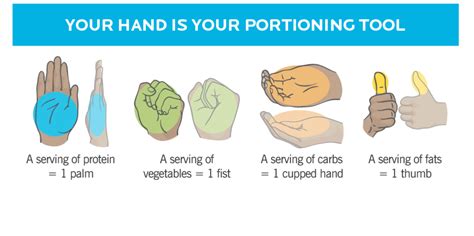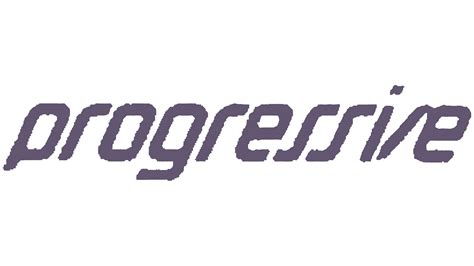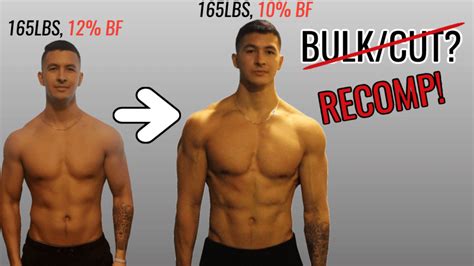Best strategy to shred stubborn fat while maximizing lean muscle mass?

Achieving the dual goal of shredding stubborn fat while simultaneously building or maintaining lean muscle mass is often considered the holy grail of fitness. It’s a challenging endeavor, as traditional wisdom suggests a calorie deficit for fat loss and a surplus for muscle gain. However, with a strategic, evidence-based approach, body recomposition is not only possible but highly effective, especially for those new to training or returning after a break, or individuals with higher body fat percentages.
The Caloric Conundrum: Slight Deficit or Maintenance?
The first crucial step lies in mastering your caloric intake. For body recomposition, a strict, large calorie deficit can compromise muscle retention. Instead, aim for a slight deficit (around 200-500 calories below maintenance) or even maintenance calories. A slight deficit encourages fat loss while allowing your body enough energy to support muscle protein synthesis. For advanced individuals, cycling between slight deficits and maintenance might be beneficial. Tracking your intake diligently will provide invaluable insights into how your body responds.

Protein Power: Fueling Muscle Retention and Growth
Protein is paramount. A high protein intake is critical for preserving lean muscle mass during a caloric deficit and supporting muscle repair and growth. Aim for 1.6 to 2.2 grams of protein per kilogram of body weight (or even higher, up to 2.5-3g/kg for very aggressive deficits or experienced lifters). Distribute your protein intake throughout the day across multiple meals to optimize muscle protein synthesis. Lean protein sources like chicken breast, fish, lean beef, eggs, dairy, and plant-based options should form the cornerstone of your diet.
Strength Training: The Non-Negotiable Pillar
Resistance training is the most potent stimulus for muscle retention and growth, especially when in a caloric deficit. Focus on progressive overload – continuously challenging your muscles by increasing weight, reps, sets, or decreasing rest times over time. Prioritize compound movements (squats, deadlifts, bench press, overhead press, rows) as they engage multiple muscle groups and elicit a greater hormonal response. Train 3-5 times a week, ensuring adequate volume and intensity to signal your body to hold onto or build muscle.

Strategic Cardio: Enhancing Fat Loss, Not Hindering Muscle
While strength training is king, strategic cardio can aid fat loss without necessarily hindering muscle gains. Opt for low-intensity steady-state (LISS) cardio or high-intensity interval training (HIIT) post-weight training or on separate days. LISS (e.g., brisk walking, cycling) is less taxing on your recovery and can increase your total daily energy expenditure. HIIT can be effective for burning calories and improving cardiovascular fitness but should be used sparingly (1-2 times a week) to avoid excessive recovery demands.
The Role of Sleep and Stress Management
Often overlooked, quality sleep and stress management are critical for body recomposition. Sleep deprivation can disrupt hormone levels, increasing cortisol (a catabolic hormone) and ghrelin (a hunger hormone), while decreasing leptin (a satiety hormone) and testosterone (an anabolic hormone). Aim for 7-9 hours of quality sleep per night. Implement stress-reducing practices like meditation, deep breathing, or spending time in nature to optimize your hormonal environment for fat loss and muscle retention.

Nutrient Timing and Supplementation
While less critical than total daily intake, nutrient timing can play a minor role. Consuming protein and carbohydrates around your workout (pre/post) can support performance and recovery. As for supplementation, creatine monohydrate is highly recommended for strength and muscle growth, even in a deficit. Caffeine can aid performance. BCAAs are generally not necessary if protein intake is high enough, but whey protein can be a convenient way to hit protein targets.
Consistency and Patience: The Long Game
Body recomposition is not a quick fix; it’s a marathon. Results will be gradual, and progress might not always be linear. Consistency in your diet, training, sleep, and stress management is paramount. Don’t get discouraged by slow progress; focus on long-term adherence. Track your progress through weight measurements, body composition scans (if available), progress photos, and strength metrics in the gym. Celebrate small victories and adjust your strategy based on your body’s feedback.

Conclusion
Shredding stubborn fat while maximizing lean muscle mass is an achievable goal, but it demands a disciplined and intelligent approach. By meticulously managing your calories, prioritizing high protein intake, engaging in progressive strength training, using cardio strategically, and optimizing sleep and stress, you can effectively sculpt a leaner, more muscular physique. Remember, patience and unwavering consistency are your greatest allies on this transformative journey.








